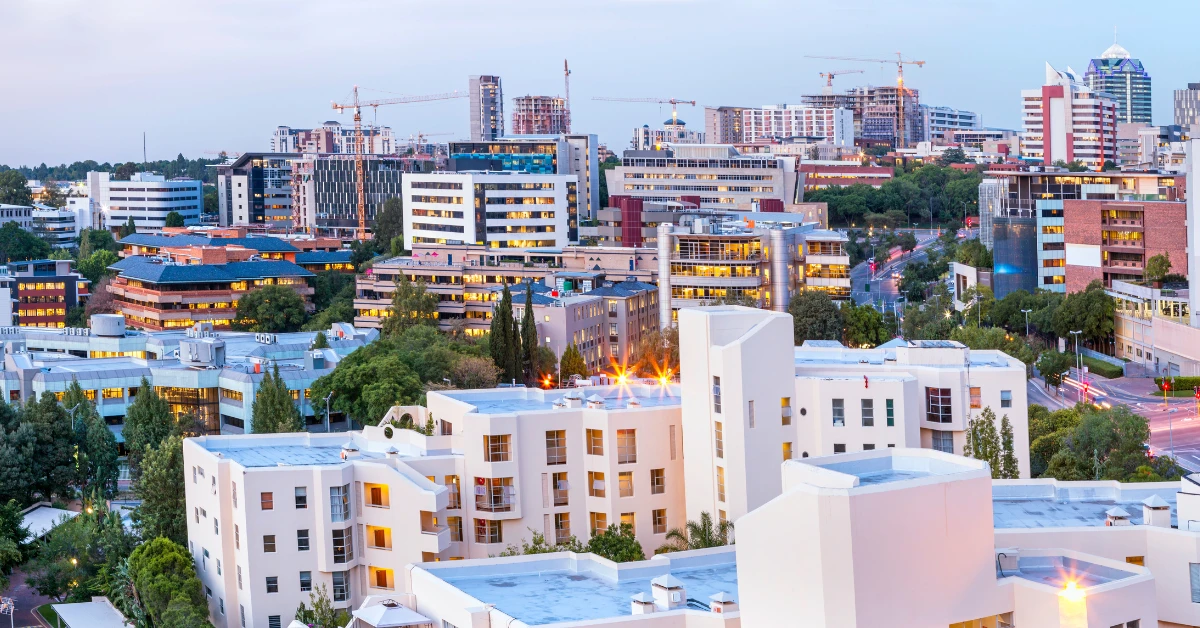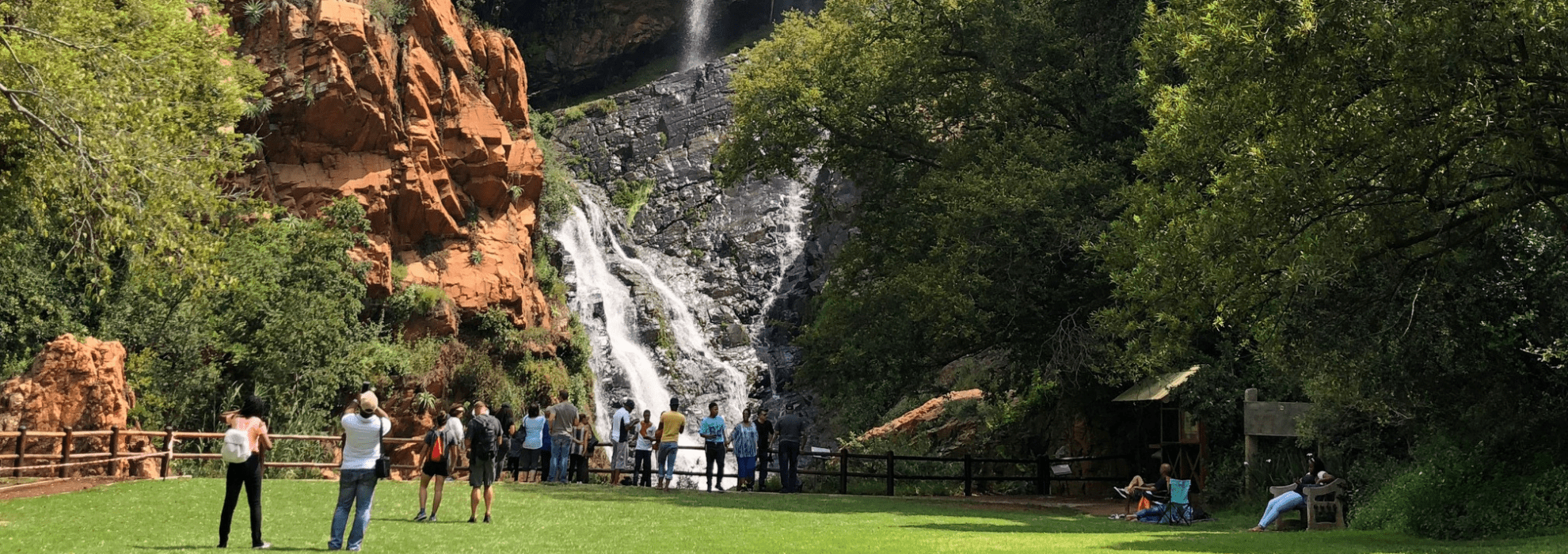Some Known Facts About Johannesburg North Attractions.
Some Known Facts About Johannesburg North Attractions.
Blog Article
Everything about Johannesburg North Attractions
Table of ContentsThe 10-Second Trick For Johannesburg North AttractionsSome Known Factual Statements About Johannesburg North Attractions Johannesburg North Attractions Can Be Fun For AnyoneAll about Johannesburg North AttractionsSee This Report on Johannesburg North AttractionsJohannesburg North Attractions for Dummies
Soon prior to Xmas 1898, a boilermaker from Lancashire, Thomas Edgar, became embroiled in an inebriated quarrel with an uitlander neighbour. While resisting apprehension, Edgar was fired dead by a Z. A. R. policeman. The police officer was billed with murder however the district attorney reduced the cost to homicide and launched the charged on bond.. R. Johannesburg North attractions. In an effort to pacify the circumstance, Smuts looked for to strike a deal with the mining firms. The astute Cambridge-trained legal representative welcomed Percy FitzPatrick (who was to get popularity as the writer of Jock of the Bushveld, published in 1907) to work as the major arbitrator for the mining residences
A. R. impended. Johannesburg, c. 1900 (www.geheugenvannederland.nl) When Johannesburg was started in 1886, public education in the Z. A. R. was controlled by the Education Law of 1882. The earlier Education Law of 1874 had actually provided that government colleges in the Z. A. R. (only a handful of such institutions was in existence) were to be non-denominational which direction was to be in Dutch or English, at the will of moms and dads.
In 1886, Pope Leo XIII made up the Transvaal an independent prefecture under the territory of the Rt Revd Odilon Monginoux of the Oblates of Mary Immaculate, who was the very first Prefect Apostolic of the Transvaal. On 20 July 1886, Fr John de Lacy O. M. I. saw the Rand. He used to the government for a parcel large enough to accommodate a church, a school and residences for the educators.
Everything about Johannesburg North Attractions
The college moved to Doornfontein in 1895, and came to be called the East End Convent. In 1905, the Holy Household sisters likewise founded Parktown Convent School (now Holy Family members University). On 2 November 1887, Miss Frances Buckland began instructing in a residence on the corner of Jeppe and Rissik streets.
Meanwhile, on 11 June 1887, the Revd John Thomas Darragh, the very first Anglican clergyman to be based on the Rand, had actually arrived from Kimberley. A monstrous tome on the history of Christianity in Africa observes concisely: 'The Anglican area at Kimberley was lucky to have as its leader J. T.
He had actually won a scholarship to The Royal School, Armagh, whence he had actually gone up to Trinity College, Dublin, as a Structure Scholar. Here he had actually identified himself, being Classical Hebrew and Divinity Prizeman, and had come to be a Fellow of Trinity College. He was commissioned in 1880, and became curate of All Saints, Grangegorman, County Dublin.

He was an energised and resourceful man who right away plunged himself heart and soul into the life of the burgeoning and dynamic mining area. It was not just the Anglican parishioners that obtained advantage, for Darragh worked unstintingly amongst all markets site of the town. For instance, the small area of Greek Orthodox inhabitants in Johannesburg had no archimandrite, therefore approached Darragh to perform marriage and baptismal reference ceremonies.
Facts About Johannesburg North Attractions Uncovered
(www.eggsa.org) Around the very same time, the Revd Mr Darragh brought into existence St Mary's College for Boys, which was established as a choir institution for St Mary's Church. The beginnings of St John's College can be mapped back to this college. The first headmaster of St Mary's College for Boys was Mr F.
The institution was inspected by the Z. A. R - Johannesburg North attractions. education authorities at the end of 1888. The inspection was passed with flying colours, particularly in regard of the requirement pertaining to the training of Dutch, as an outcome of which the school obtained a 'very liberal give' from the state
Fascination About Johannesburg North Attractions
Marist Brothers' University got such an excellent reputation that some authorities of the staunchly Protestant Z. A. R. government registered their children as students at this Catholic school. During the Anglo-Boer South African War (1899-1902), the school's enrolment dropped, but by 1905 numbers were back to 500 and the college was promoting the truth that it had 'sufficient stabling for students' equines'.
In 1892, the Superintendent visit of Education, Dr N. Mansvelt, compiled a record in which he stated that some instructors in the Transvaal could not lead to words 'Pretoria' and 'Potchefstroom', and did not know the difference in between a noun and an adjective. In the same year, the Education Legislation was amended to provide that all instructors in institutions obtaining government aids had to be participants of a Protestant church; colleges likewise could not obtain subsidies in respect of Jewish and Catholic pupils.

Rumored Buzz on Johannesburg North Attractions
On 7 March and 9 April 1892, the Revd Mr Darragh sent letters to the State Secretary, Dr W. J. Leyds, in which he stated that the previous Superintendent of Education, Ds S. J. du Toit, had carried out in 1888 that English-medium schools such as St Mary's and St Michael's that also offered guideline in Dutch would certainly get state aids.
Members of the W. C. E.'s board included Sir Lionel Phillips and Sir Abe Bailey. The W. C. E.'s things were to advertise elementary education 'matched to all races and creeds' and to respond to the exclusive use Dutch as tool of direction in state-supported institutions. In October 1895, the W.
The Buzz on Johannesburg North Attractions
Robinson estimated that 2,000 out of 6,500 white youngsters of school-going age were not attending college. By 1897-'98, less than fifty white children in the whole Z. A. R. remained in or over Standard VI. By the end of 1896, the W. C. E. had gotten possession of 3 colleges, and had thought control of and monetary duty for 3 various other schools.
St Cyprian's was initially approved a state aid, however this was terminated when a government inspection disclosed that the college had numerous coloured and 'indigenous' children amongst its students, sharing workdesks with white young boys. In spite of the withdrawal of the subsidy, the school handled to make it through.
After the Battle, it was resumed and run by Sis of the Culture of St Margaret (colloquially known as the East Grinstead Sisters, with recommendation to their convent in East Grinstead, Sussex). Unalarmed by the contretemps with the authorities concerning St Cyprian's and its subsidy, Darragh began Perseverance College in November 1891.

Report this page